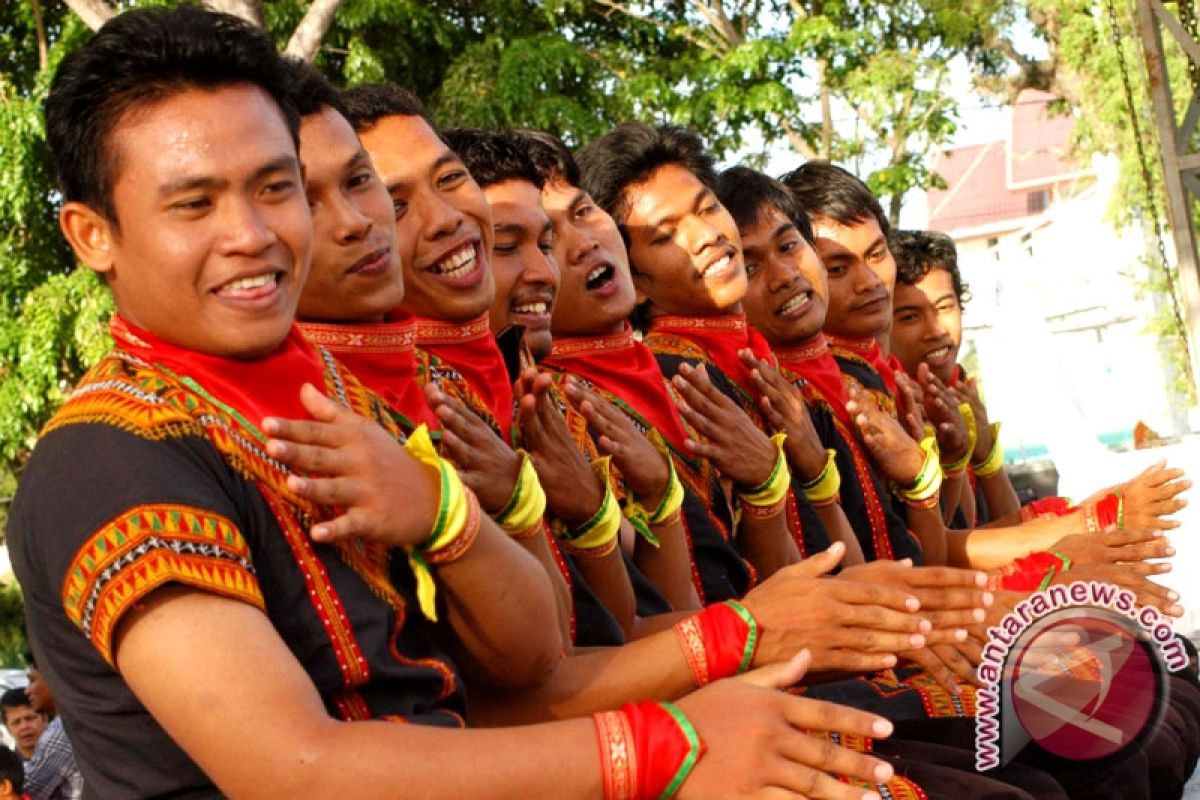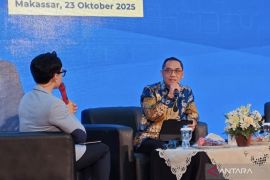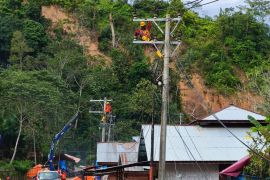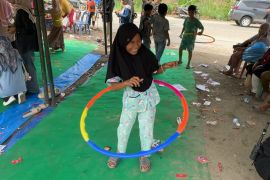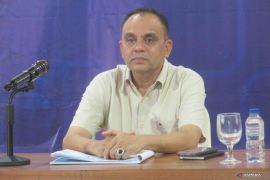The decision to include the Saman dance was reached at the 6th Session of the Intergovernmental Committee for the Safeguarding of Intangible Cultural Heritage being held in Nusa Dua, Bali, from November 22 to 29, 2011, I Gusti Ngurah Putra, a tourism and creative economy ministry spokesman , told the press here on Thursday.
"At the session, the Saman dance from Gayo Lues and environs in Aceh province was officially included in UNESCO`s List of intangible Cultural Heritage in urgent need of Safeguarding," he said.
The UNESCO meeting was being participated in by around 500 representatives from 69 countries, international NGOs, cultural experts, and the media.
The Sixth Session of the Intergovernmental Committee for the Safeguarding of the Intangible Cultural Heritage was officially opened by Coordinating Minister for People`s Welfare Agung Laksono in the presence of UNESCO Director General Irina Bokova, Education and Culture Minister Muhammad Nuh, Tourism and Creative Economy Minister Mari Elka Pangestu, UNESCO`s Assistant Director General for Culture Francesco Bandarin.
Minister Agung expressed his appreciation for the inclusion of the Saman dance in the intangible world cultural heritage list.
The recognition of the Saman dance by UNESCO should become the beginning of serious efforts to preserve and promote the saman dance, he said.
The Saman dance is originally from Gayo Lues and environs in in Aceh Province. It was created by a Gayo tribe in the 13th century and later developed by Syeh Saman to convey religious messages.
The Saman dance shows very dynamic movements and interesting harmonious sounds without the help of any musical instrument. In the dance, its performers sit cross-legged or kneel shoulder to shoulder in a straight line. They wear traditional Gayo clothes featuring the symbols of nature and noble values.In the past, all Saman dancers were male and their number was always odd.
(Uu.F001/HAJM)
Editor: Priyambodo RH
Copyright © ANTARA 2011
